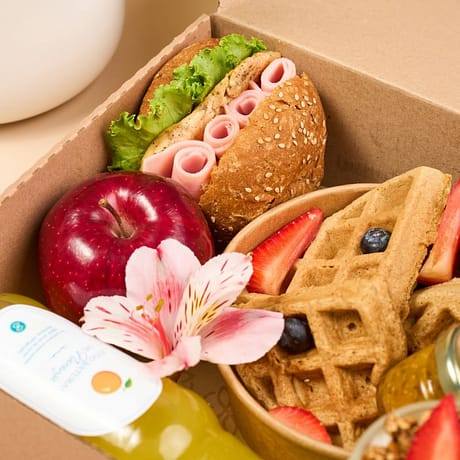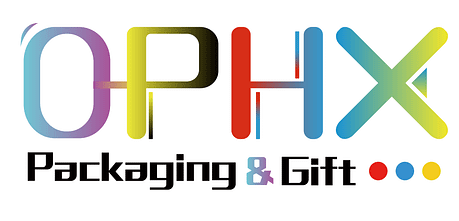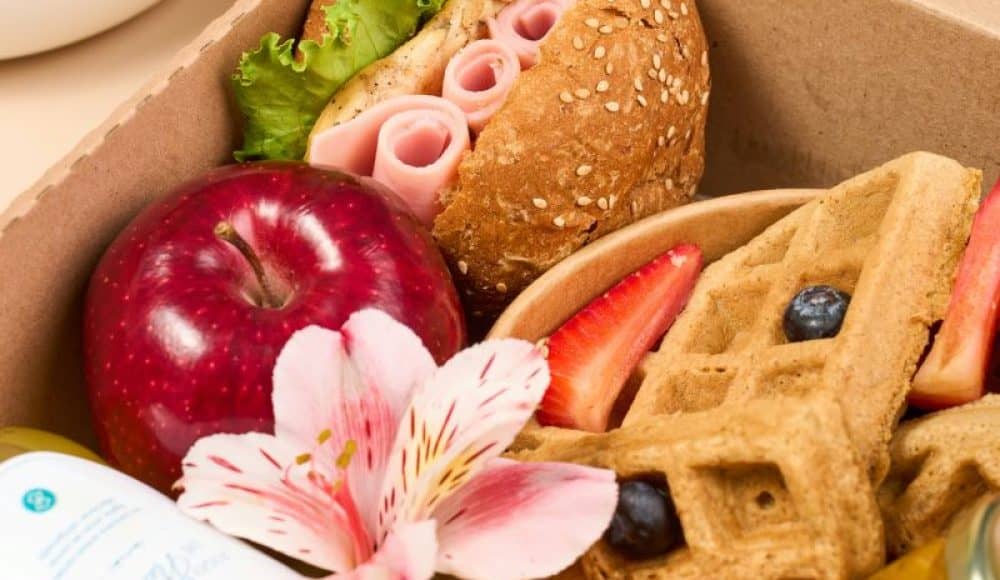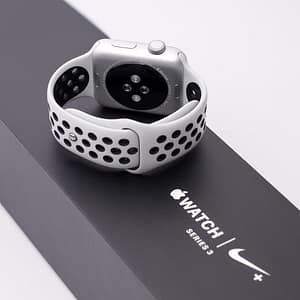Fast food chains are shifting. Sustainability is now a global demand. Governments are banning single-use plastics. Consumers prefer brands that reduce waste. As a result, fast food eco boxes are gaining popularity.
But questions remain: Can they replace plastic? Will they hold up to heat, moisture, and grease? Or will they collapse under pressure? In this article, we explore the science, structure, and real-world performance of eco packaging. We also explain how OPHX delivers durable, sustainable packaging that performs under stress.
1. Industry Background: Plastic Dominance Meets Public Resistance
For decades, plastic ruled the fast food industry. It was lightweight, waterproof, and cheap. It handled hot fries, oily burgers, and steamy noodles without a problem. However, this convenience came at a cost. Plastic takes hundreds of years to decompose. It pollutes oceans. It enters food chains. Environmental concerns turned into global policy.
The Shift: From Plastic to Eco-Friendly Materials
Many fast food brands began exploring compostable, biodegradable, or recyclable packaging. Paper-based eco boxes, molded fiber containers, and plant-based coatings entered the market. Yet, replacing plastic wasn’t easy.
This shift introduced three core challenges:
- Grease Resistance
- Heat Retention and Insulation
- Moisture Management
Let’s explore how fast food eco boxes handle each challenge.
 2. Pain Points of Switching to Eco Packaging
2. Pain Points of Switching to Eco Packaging
Fast food packaging must protect food quality from the kitchen to the customer. However, not all materials are built equally. Let’s break down the typical pain points when switching from plastic.
2.1. Grease Penetration: Plastic naturally resists oil. Greasy foods like fried chicken or burgers don’t seep through it. Paper-based boxes, in contrast, may absorb oil without proper barriers.
2.2. Heat Damage: Plastic doesn’t warp under heat. Paper or biodegradable containers often struggle with high temperatures. Hot steam can soften lids. Boxes can deform during transit.
2.3. Moisture Resistance: Plastic repels water. Saucy dishes stay secure. Paper, if untreated, becomes soggy. Moisture can weaken structural integrity and cause leaks.
Despite these issues, innovation in material science is solving them.
3. Modern Solutions: How Fast Food Eco Boxes Are Engineered to Perform
At OPHX, we don’t just make boxes—we engineer them to solve real-world problems. Let’s look at how modern eco boxes can match or even outperform plastic.
3.1. Barrier Coatings: Grease-Resistance Done Right
Our fast food eco boxes feature plant-based or water-dispersed coatings. These thin layers block oil and fat. Unlike plastic linings, they are compostable and food-safe. Tests show that our coated paperboard boxes resist deep fryer oils for over 2 hours without leakage. Burgers, nuggets, and fried tofu stay crisp and secure.
3.2. Heat Performance: Maintaining Form Under Pressure
Heat resistance is critical. That’s why OPHX boxes use high-density boards with low thermal conductivity. Even with steaming hot food inside, the box retains its shape and strength. Moreover, multi-layer corrugated structures help insulate food. This means better temperature control and reduced external condensation.
3.3. Moisture Management: Keeping Structure Intact
Moisture—whether from sauces, vegetables, or condensation—can ruin packaging. Our solution?
- Hydrophobic coatings
- Waterproof vent designs
- Laminated internal linings (plastic-free)
With these enhancements, our eco boxes handle pasta, curry, or soup-based items with ease.

4. Real-World Applications: Who’s Using Eco Boxes and Why?
Major brands across Europe, North America, and Southeast Asia have adopted fast food eco boxes. Why? These companies want to reduce plastic usage without compromising quality.
4.1. Quick-Service Restaurants (QSRs)
Chains that serve fried and grilled foods rely on grease-resistant paper trays. These eco boxes match the convenience of plastic clamshells while offering compostability.
4.2. Delivery Platforms
For delivery-only kitchens, packaging is branding. Eco boxes show that the brand cares. Our custom-print biodegradable boxes handle long rides and hot contents.
4.3. Cafeterias and Meal Prep Brands
Bulk food providers and meal prep companies love the stackability and structural strength of OPHX’s containers. Our solutions stay sturdy even after refrigeration or reheating.
5. Technical Construction of OPHX Eco Boxes
Each box is built with care. Here’s how we do it:
5.1. Substrate Selection
We use FSC-certified kraft board, sugarcane bagasse, or bamboo fiber. These materials are naturally strong and biodegradable.
5.2. Multi-Layer Structure
Our boxes have:
- A base layer for the structure
- A barrier layer for grease and liquid
- A top print layer for branding and visuals
5.3. Forming and Sealing
We use water-based adhesives and heat-press molding to seal boxes without toxins. This ensures box integrity without compromising safety.
6. Conclusion: Yes, Eco Boxes Can Perform Like Plastic—and Sometimes Better
The short answer is: Yes.
Modern fast food eco boxes can handle grease, heat, and moisture just like plastic. When engineered right, they deliver safety, durability, and environmental value.
At OPHX, we don’t compromise between performance and sustainability. Our clients—from small food trucks to global chains—trust our packaging every day. With the right materials, structure, and coatings, eco boxes can exceed expectations and support a cleaner, greener planet.
Looking to upgrade your packaging?
Get in touch with OPHX. Our expert team will recommend eco-friendly solutions tailored to your menu and delivery model. Let’s make sustainable food packaging the new standard—together.



